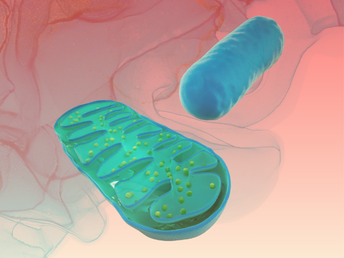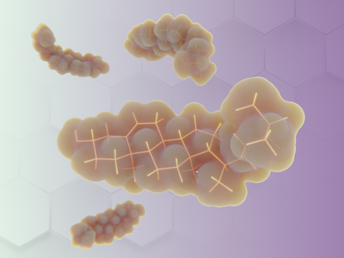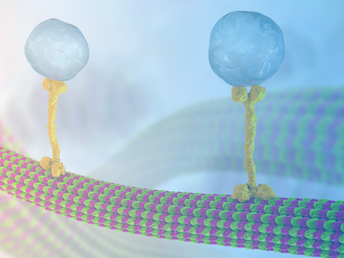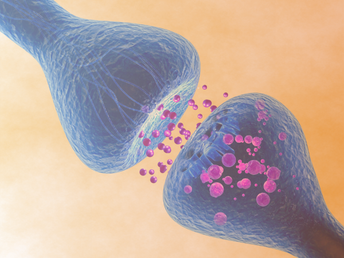MetabERN
Subnetworks
Structure of the MetabERN Disease Coverage:
the MetabERN 7 subnetworks
Inherited Metabolic Disorders (IMDs) represent a group of more than 1400 rare genetic pathologies which can differ a lot in terms of clinical presentations and course of the disease. IMDs can affect the metabolism of carbohydrates, amino acids, lipids, steroids but also nucleic acids, mitochondria and neurotransmitters.
Considering the complexity of such a setting, metabolic disorders have been divided into 7 distinct disease-specific groups, which form the foundation of MetabERN subnetworks.
This subdivision aims to enhance the expertise and efforts of healthcare professionals, ensuring optimal patient care and facilitating knowledge exchange.








